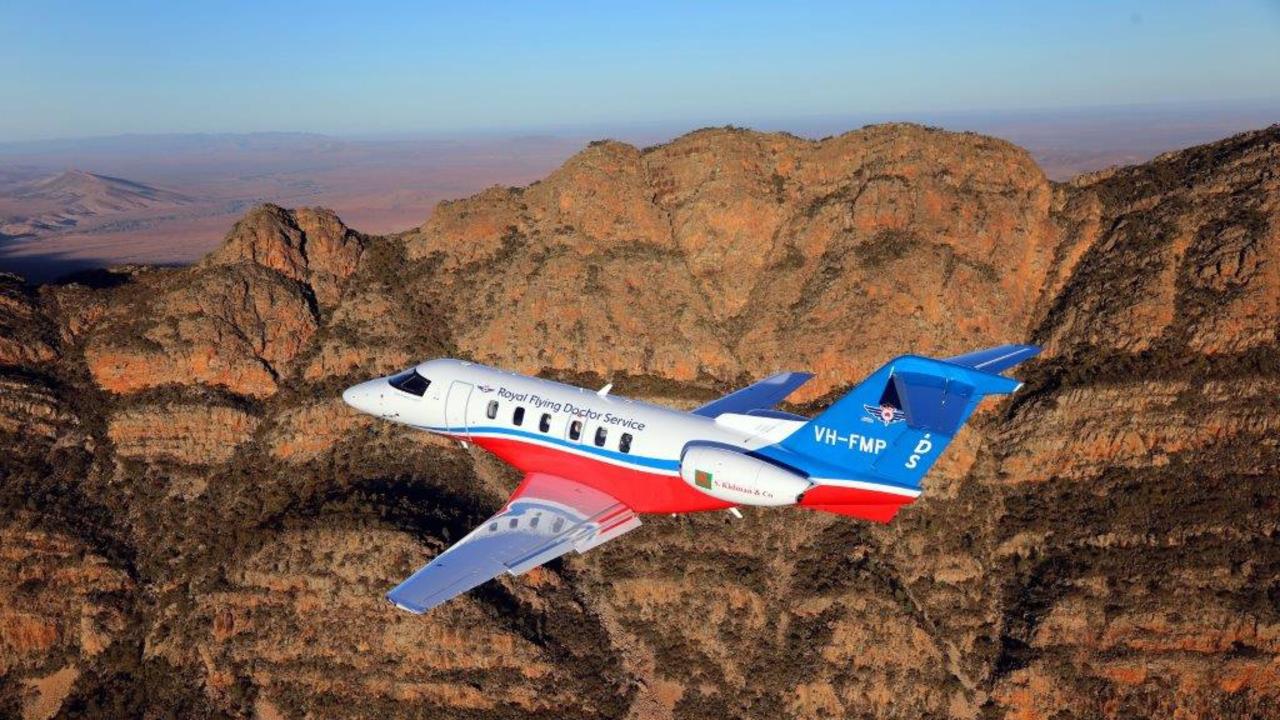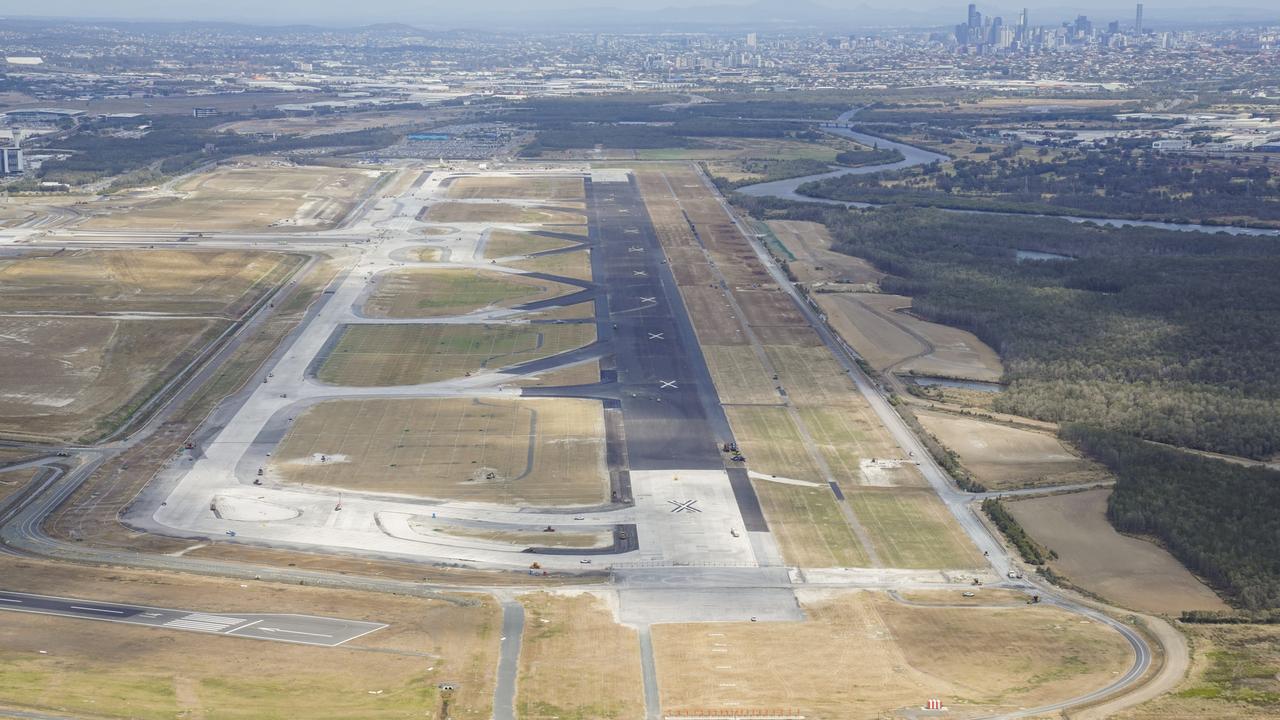Future SEQ: Southeast positioned for fourth industrial revolution
AUSTRALIA and specifically southeast Queensland stand to benefit from what is being termed the fourth industrial revolution.
Future QLD
Don't miss out on the headlines from Future QLD. Followed categories will be added to My News.
IN THE lexicon of grand terms that boldly announce how the world is changing, the “Fourth Industrial Revolution” sounds loftier than most. It’s actually pretty simple: 4IR is the combination of communications-enabled technologies that promise to reshape our economy and society by revolutionising how individuals and businesses collaborate.
Imagine a doctor performing a sensitive medical procedure remotely, without ever meeting the patient. Now extend this healthcare example to everything else, and you can begin to see the possibilities.
Australia and specifically southeast Queensland stand to benefit. SEQ’s multicultural society, and its rapidly changing economy, make for some compelling possibilities. With the State Government aiming to update the Advance Queensland plan, it’s a good time to look at what 4IR means for the region.
Such technology may see a smartly-managed utility grid that delivers energy far more cost-effectively to consumers in the Gold and Sunshine Coast hinterlands; or bedless hospitals in smart cities such as Springfield (pictured is an artist’s impression of how the city will look in 2036) and Toowoomba, performing patient management centres to treat people in the comfort of their homes.
It might also include knowledge precincts in Brisbane’s South Bank that help universities, research hubs and small enterprises to innovate and create new services that Queensland can export to all parts of the world.

The first Industrial Revolution came at the end of the 18th century with the steam engine, printing press and mechanisation, and it transformed how economies such as Britain were organised – from agrarian activity in fields to mechanised production in towns. Then 2IR came 100 years later at the height of the Victorian era, giving the developed world electricity-powered factories to mass produce goods consumed by millions. In the 1970s, 3IR was born with the advent of computing, decision systems and mass data. And while the internet and mobile phones in the 2000s brought significant change, it is only now that we see the possibility of another revolution. The 4IR, powered by Blockchain, artificial intelligence and Cloud computing, and connected through 5G mobile technology and the Internet of Things, promises to change the world.
By 2025, the Internet of Things will link 25 billion “things” – from home appliances to machines and traffic light – to each other, connecting three times more non-human objects than humans.
We will also see super-connected networks enable individuals, governments and businesses to have lifelike experiences, such as operating fully autonomous driverless vehicles or remotely tracking the performance of a huge range of physical assets.
The Cloud, analytics and AI will enrich not only our day-to-day lives, but also predict with unnerving accuracy what’s coming next.
For SEQ, 4IR opens a number of opportunities. Compared to many parts of the world, distance in Australia is a key factor and SEQ is no exception, with many communities located far from major towns and cities.
4IR will connect us better and has the potential to change our perspective on isolation. For instance, by implementing smart metering and routing across the region, water companies will be able to allocate scarce supply and save resources.
4IR will also improve the quality of urban life. SEQ prides itself on offering some of the most liveable city environments in the world – but in reality our infrastructure will become stretched with congestion, lower air quality and huge demand on public funds. With smart-city tech, 4IR offers a real opportunity to reverse that trend, making the promise of a “30-minute city” more of a reality.
The revolution will also have an impact on our public services. Governments the world over are using technologies to improve how they interact with their communities and residents. Expect SEQ local authorities and the Queensland Government to increasingly adopt similar tools, enabling public services such as pensioner discounts, or renewing certificates and licences, to become digitised and mobile-enabled, making the user experience more accessible.
4IR will also change the sort of jobs we will perform as assets are better connected, altering how business organise themselves. The prediction is that there will be fewer repetitive-type jobs, while many new types of employment with a more “ human” nature are created. Skills in critical care needed for working with the aged, or in quality control and assurance oversight needed in a mine or at an airport, will be highly sought after.
By upskilling the SEQ labour force to capture a new generation of work opportunities, through our TAFEs and universities, we can become a centre of excellence for developing 21st century skills. The 4IR employment opportunity could well be another source of vibrancy for this fast-changing region.
Mohammad Chowdhury is a partner at PwC Australia


